DESCRIPTION
Johnson’s has a product line called “Johnson’s Baby Powder Natural” or “Natural Plant Based Powder,” which is a distinct product from their historical talc-based baby powder. This natural version is specifically designed with different ingredients.
- Primary Ingredient: The main absorbent component is cornstarch (Zea Mays (Corn) Starch ), a natural, plant-based powder. This replaces the talc found in the traditional formula.
- Purpose: It is designed to absorb excess moisture, helping to keep a baby’s skin dry, soft, and comfortable. This action helps prevent chafing, diaper rash, and other skin irritations caused by moisture.
- Texture: The powder has a smooth and finely milled texture that is meant to glide on a baby’s delicate skin, reducing friction.
- Additional Ingredients: The formula also typically includes tricalcium phosphate, which helps with the smooth application of the powder, and a fragrance for a clean scent. Some versions may also contain other ingredients like aloe and vitamin E.
- Safety Standards: According to the company, this product is dermatologist-tested, hypoallergenic, and free from parabens, sulfates, dyes, and phthalates. It is designed to be gentle and safe for newborns.
Side Effects of Johnson’s Baby Powder Natural (Cornstarch-Based)
The primary ingredient in Johnson’s Baby Powder Natural is cornstarch. While cornstarch is a common and generally safe ingredient, it is not without potential side effects, primarily related to inhalation and its effect on certain skin conditions.
- Inhalation Risks: This is the most significant side effect of any powdered product. The fine particles of cornstarch can become airborne and, if inhaled, can cause respiratory irritation and lung damage, especially in infants with underdeveloped lungs or those with pre-existing respiratory issues. The American Academy of Pediatrics advises against using any type of baby powder for this reason.
- Worsening of Yeast Infections: Cornstarch is a carbohydrate and, in a warm, moist environment like a diaper, it can act as a food source for the Candida fungus, which is a common cause of yeast-related diaper rash. Using cornstarch on a rash that is caused by yeast can make the condition worse.
- Tricalcium Phosphate: This is an anti-caking agent used to ensure a smooth, clump-free powder. When ingested in large amounts (which is not an intended use of the powder), tricalcium phosphate can cause side effects like nausea, vomiting, and constipation. It’s a calcium supplement, and excessive intake could lead to hypercalcemia (high calcium levels), but this is not a concern under normal product use.
Older Talc-Based Formula
It is crucial to understand why Johnson’s has been phasing out its talc-based baby powder. The side effects and associated legal issues with the talc-based formula are significant and have led to a global shift away from it.
- Cancer Risks (Ovarian Cancer): Numerous lawsuits have been filed against Johnson & Johnson alleging that long-term use of its talc-based powder for feminine hygiene led to ovarian cancer. The International Agency for Research on Cancer (IARC), which is part of the World Health Organization (WHO), has classified the use of talc-based body powder on female genitals as “possibly carcinogenic to humans.” The proposed mechanism is that talc particles can travel through the vagina to the ovaries, causing inflammation. While a link is still debated, many large-scale studies have found a statistically significant association.
- Asbestos Contamination: Talc is a mineral often mined near asbestos deposits. This proximity has led to historical concerns about asbestos contamination in talc products. Asbestos is a known carcinogen linked to mesothelioma and other lung cancers. Johnson & Johnson has long maintained that its talc products were asbestos-free, but internal documents and legal proceedings have brought this claim into question. This is a major reason for the lawsuits and the discontinuation of the product.






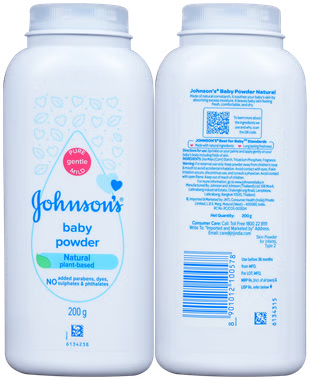
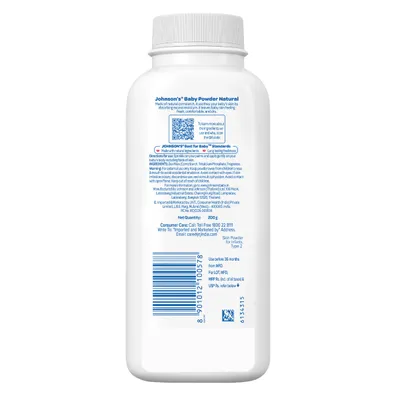
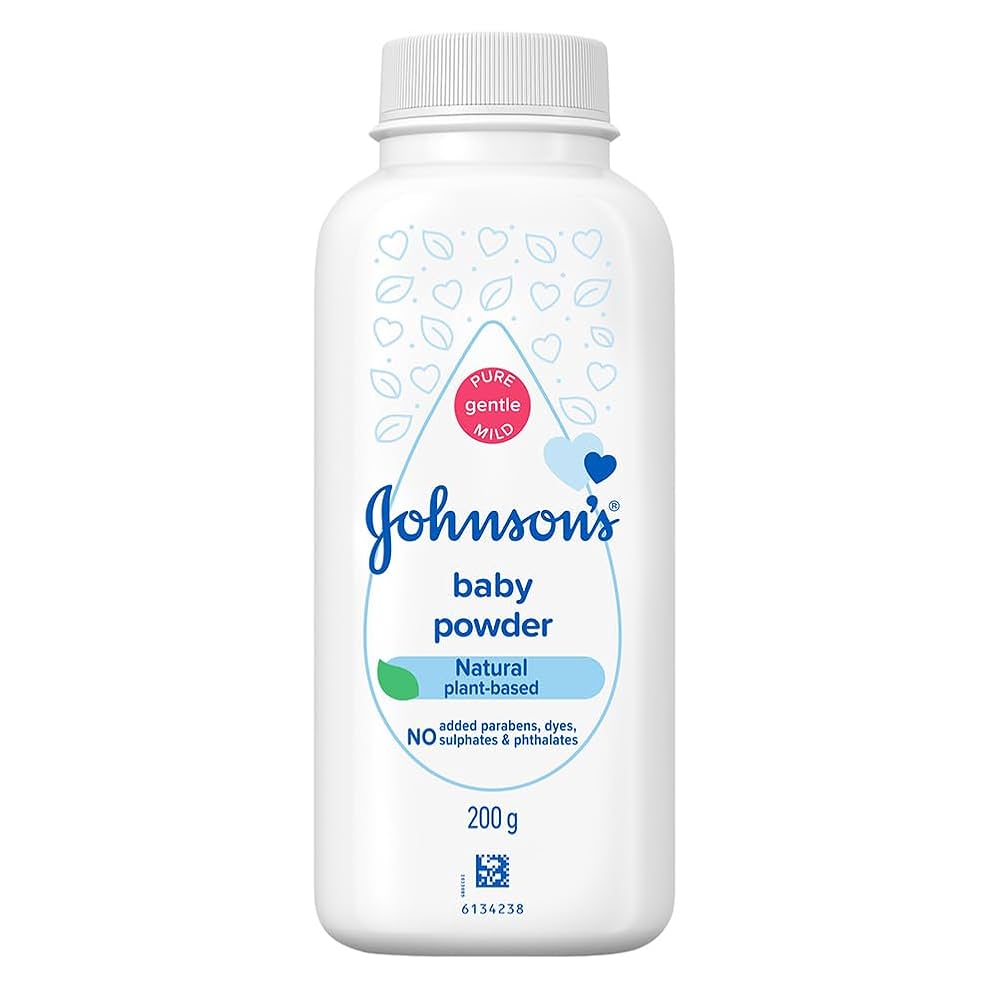
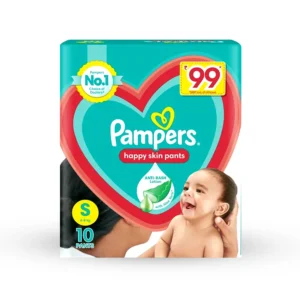
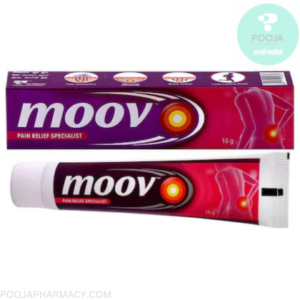

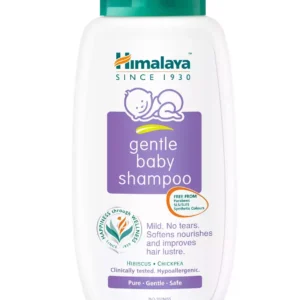
Reviews
There are no reviews yet.